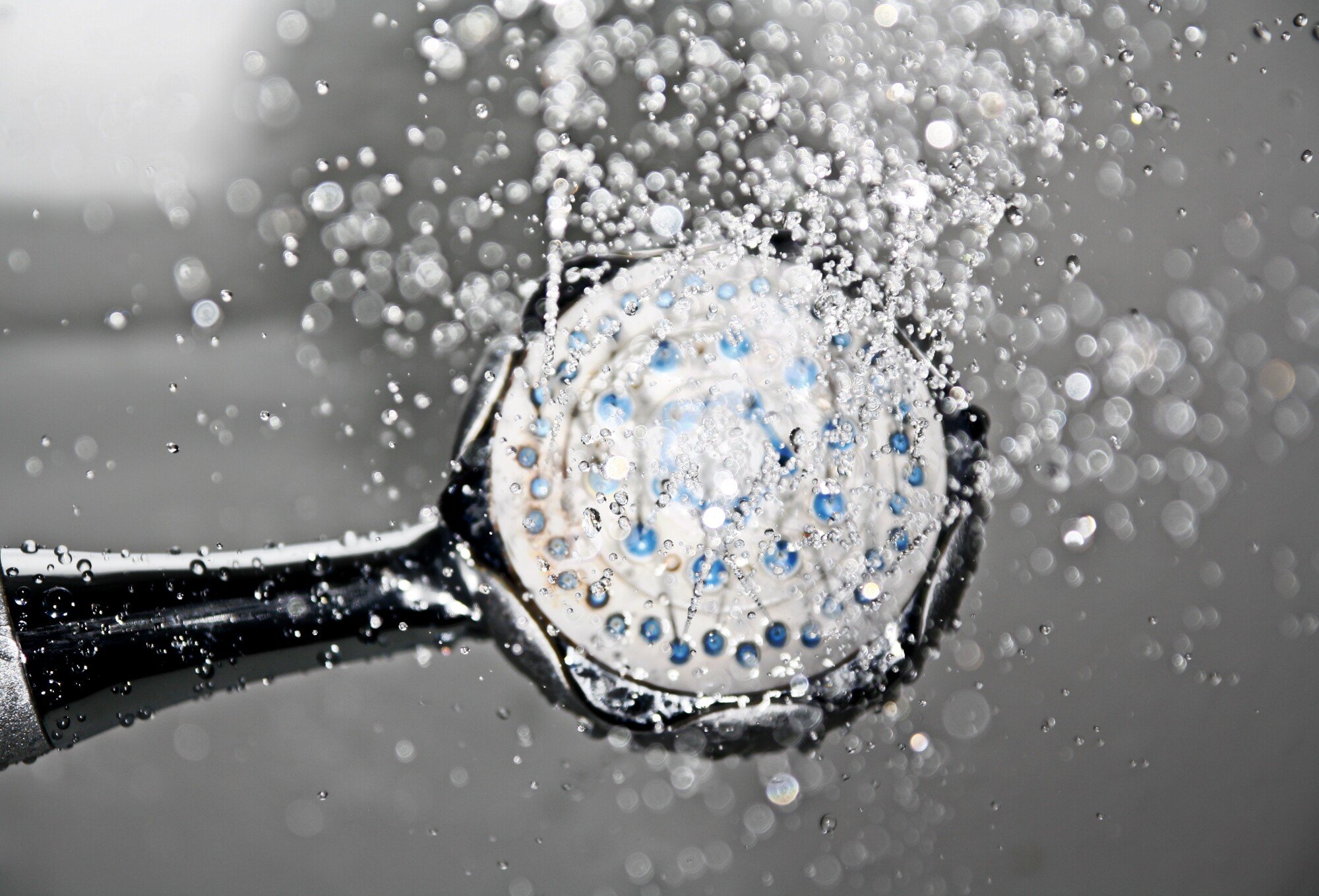Welcome to your essential guide on maintaining your hydronic heating system! Ensuring your cozy home stays toasty during those chilly months relies heavily on one key aspect: your heating system.
But what if that system is a hydronic one? Don’t worry. We’ve got you covered! This guide will walk you through the simple steps you need to keep your hydronic heating system running efficiently.
Say goodbye to cold feet and hello to a warm and inviting home. Let’s dive in!
Regularly Check The Furnace and Boiler
Your furnace and boiler are the heart of your heating system and require consistent care. To ensure they’re operating at peak efficiency, regularly inspect their components. Start with the boiler – monitor the water pressure levels.
If it’s too low, the boiler might not function properly, whereas too high pressure can lead to damage. Check the pressure gauge, and if it’s not between 1 and 1.5 bars when the system is off, you might need to adjust it.
Maintain Water Levels
Maintaining the correct water level in your boiler is crucial for efficient functioning, especially during winter. If the water level gets too low, your boiler could overheat and stop functioning, leaving your home without any heat.
Regularly check the boiler’s water sight glass to ensure that the water level is half-full. If the water level is consistently dropping, there might be a leak somewhere in your system. Conversely, if the water level is too high, it could lead to ineffective heating and increased pressure.
Bleed The Radiators
Bleeding your radiators is a simple yet essential winter furnace tips in maintaining your hydronic heating system. Over time, air can become trapped in your radiators, leading to cold spots and inefficient heating-particularly problematic during the winter months.
You’ll need a radiator key or a flat-blade screwdriver to bleed a radiator. Just turn the key or screwdriver counterclockwise to open the valve and release the trapped air.
Cleaning Your Boiler System
Cleaning your boiler system is a crucial yet often overlooked part of its maintenance. Accumulated dust and grime can lead to inefficient operation and even damage the system over time. It’s advisable to clean the exterior of your boiler regularly, ensuring all vents and flues are dust-free.
For internal cleaning, however, you should consider hiring professional HVAC technicians. They can competently handle the intricate task of cleaning heat exchangers, pipes, and other boiler components, maintaining the system’s optimal performance.
Schedule a Power Flush
Power flushing is a crucial process that enhances the efficiency of your hydronic heating system, particularly before winter kicks in. Over time, debris and rust can build up in your boiler and radiators, hindering the free flow of water.
A power flush involves forcefully circulating a cleaning agent throughout your system to dislodge and remove these impurities. A successful power flush can restore your system’s ability to distribute heat evenly, lower your energy bills, and prolong the life of your boiler.
Learn More About Hydronic Heating System
There you have it, folks! These simple steps can help keep your hydronic heating system running like a champ. Regular checks, proper water levels, letting out trapped air, keeping it clean, and giving it a good power flush are what it takes.
So, grab your tools and give your heating system a little TLC. Because nothing beats a toasty home, right? Happy heating!
Looking for more tips and ideas? We’ve got you covered. Check out some of our other posts now.



